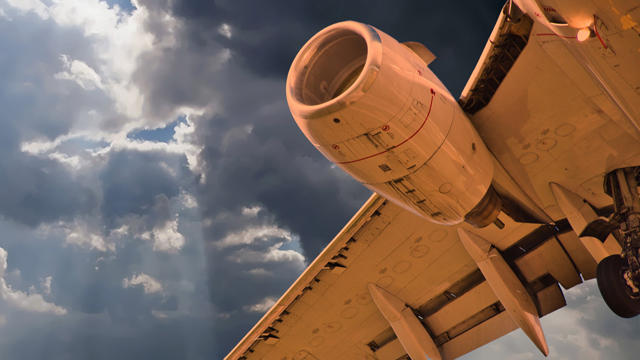You can train a lot of pilots for $2.5 Billion
Published reports by CNBC, Aviation Week & Space Technology, and others have covered the fact that Boeing has agreed to pay more than $2.5 billion to settle criminal conspiracy charges over the 737 Max. The $2.5 billion includes criminal penalty charges, payments to 737 MAX operators, and the establishment of a fund to compensate crash-victim beneficiaries for the families of the 346 passengers who died in the October 2018 crash of Lion Air Flight 610 and the March 2019 crash of Ethiopian Airlines Flight 302.

How Did This Happen?
The multi-year investigation by the FAA and ultimately the Department of Justice found numerous problems from faulty technical & engineering choices, a desire to minimize pilot training costs, lack of transparency regarding the ill-fated Maneuvering Characteristics Augmentation System (MCAS), and ultimately criminal fraud.
Sad Motivations
There were numerous motivations involved in all that transpired. Whether stemming from a desire to increase sales relative to their competitor’s aircraft, or mislead investigators to cover the path of misconduct of a few, it appears the question which was too seldom asked was, “what is the safest course of action?” In the end it is clear that was not the course universally taken.
The Cost of Safety
What could an equivalent amount of money have obtained if it had been invested proactively for safety? Let’s say that an integrated Upset Prevention and Recovery Training (UPRT) program involving on-aircraft training and coordinated use of flight simulation could be administered for $10,000 per pilot (just to use a nice round number). How many pilots could be trained for $2.5 billion? That would train 250,000 pilots.
How many airline pilots are there in the world? Estimates vary, but the website statista.com put the number in 2019 at 333,000 active pilots. CAE has reported that the number of active pilots has declined year on year by around 87,000 due to early retirements and furloughs brought on by the COVID19 pandemic. So the likely number of airline pilots worldwide is in the range of 250,000 pilots. This is not just Boeing pilots, but airline pilots flying aircraft of all manufacturers.
So for the price of this settlement, sophisticated, on-aircraft UPRT, supplemented by training in a flight simulation training device, could have been provided to nearly every airline pilot in the world.
What If?
Of course it’s a false equivalency to imply that training all the world’s airline pilots in UPRT would stop all accidents. However, we do know that the leading cause of airline fatalities is Loss of Control In-flight, and that the principles taught in a comprehensive UPRT course would have addressed the situations encountered by Lion Air Flight 610 and Ethiopian Airlines Flight 302 (see APS webinar recording of 737 MAX Loss of Control – Survivable Catastrophes).
Paying the Price
Calculating the true costs of accidents can be extremely difficult, and in the case of this Boeing settlement there is much more involved than the two 737MAX accidents alone. There is, however, a guiding principle that can be extracted from this case. Although it may seem that safety costs are optional and an easy target for savings, safety is an Investment that pays large dividends from both a monetary and humanitarian perspective. It’s like the old saying goes, “If you think safety is expensive, take a look at the cost of an accident”.




Comments: